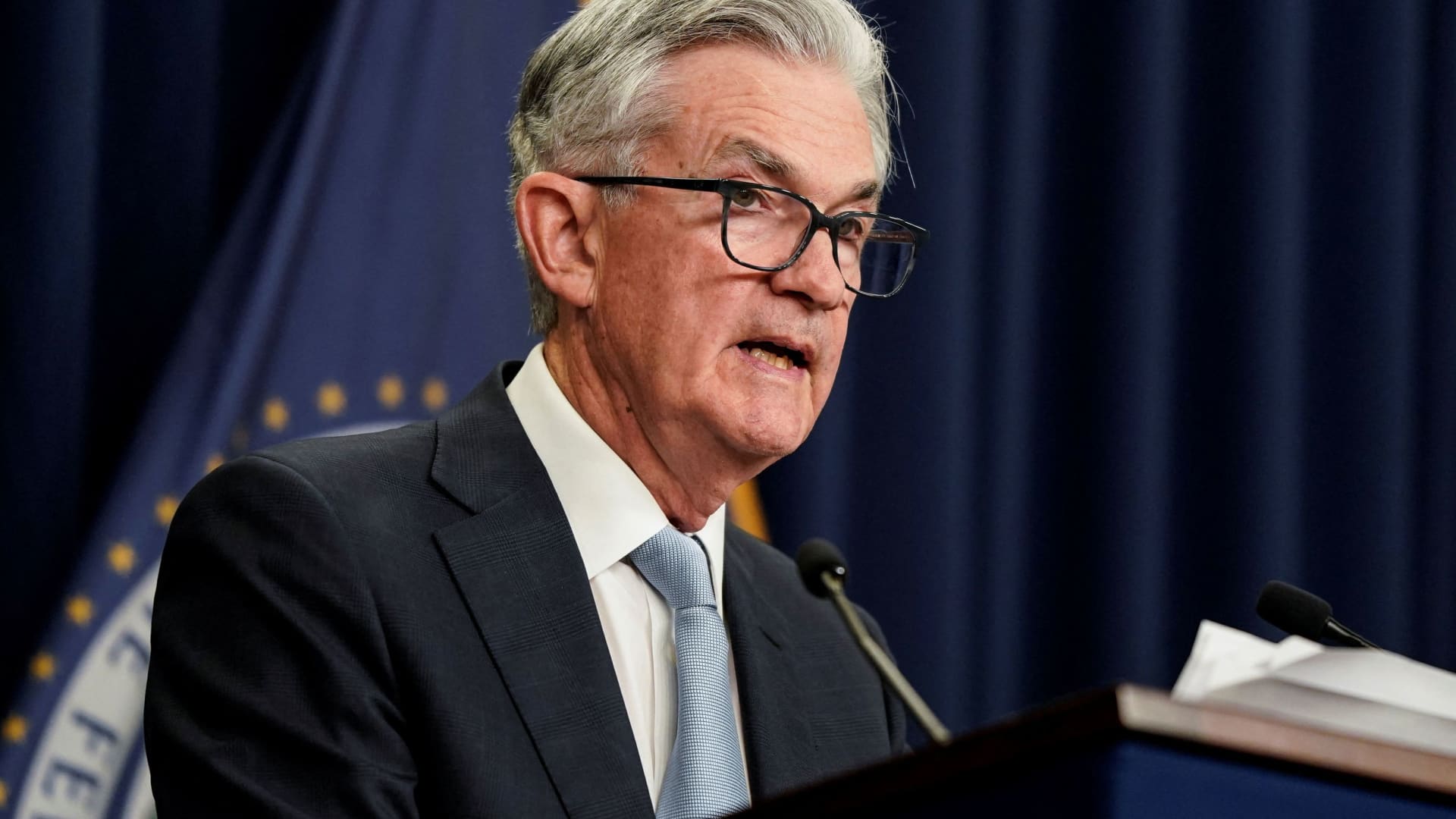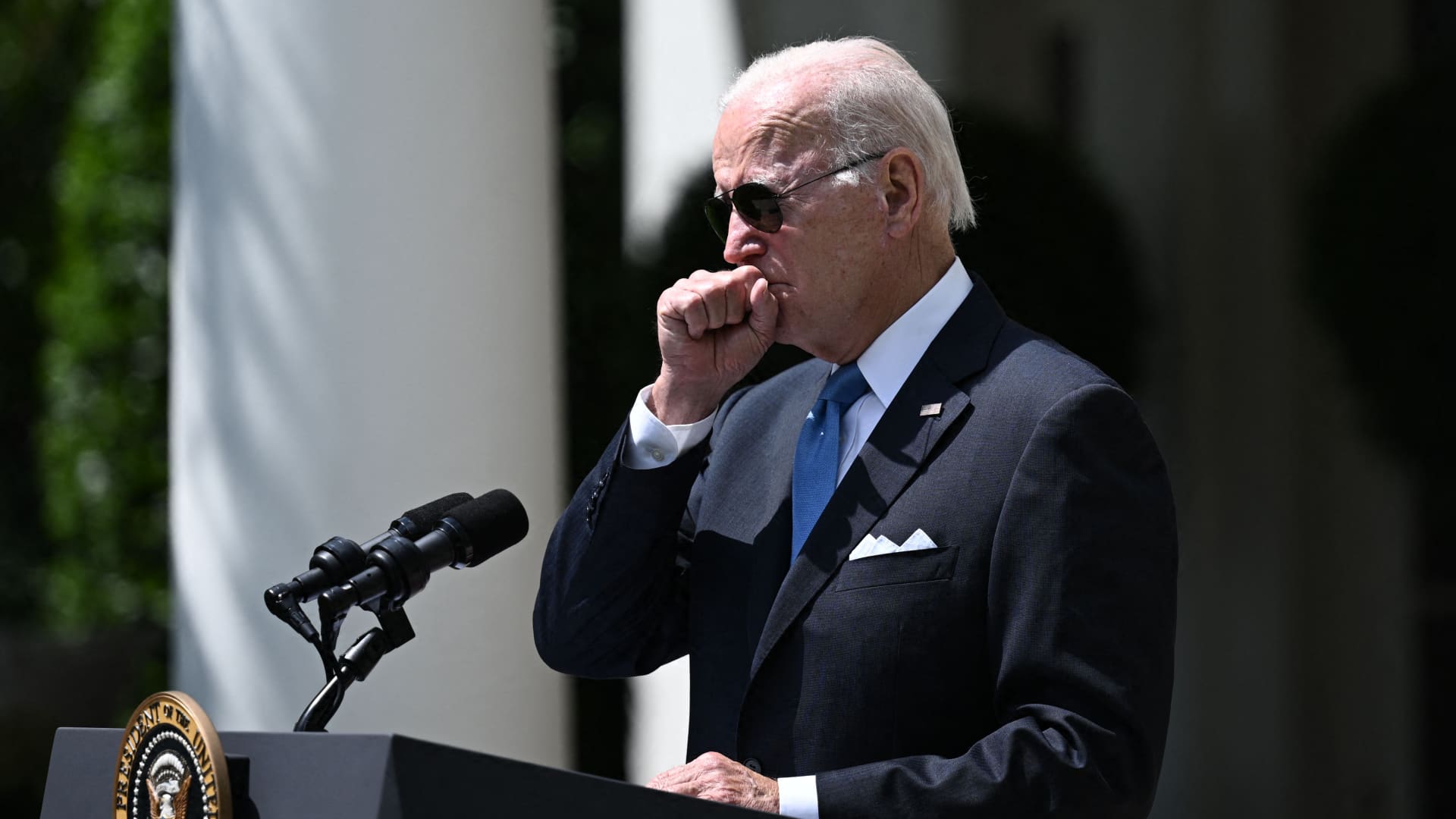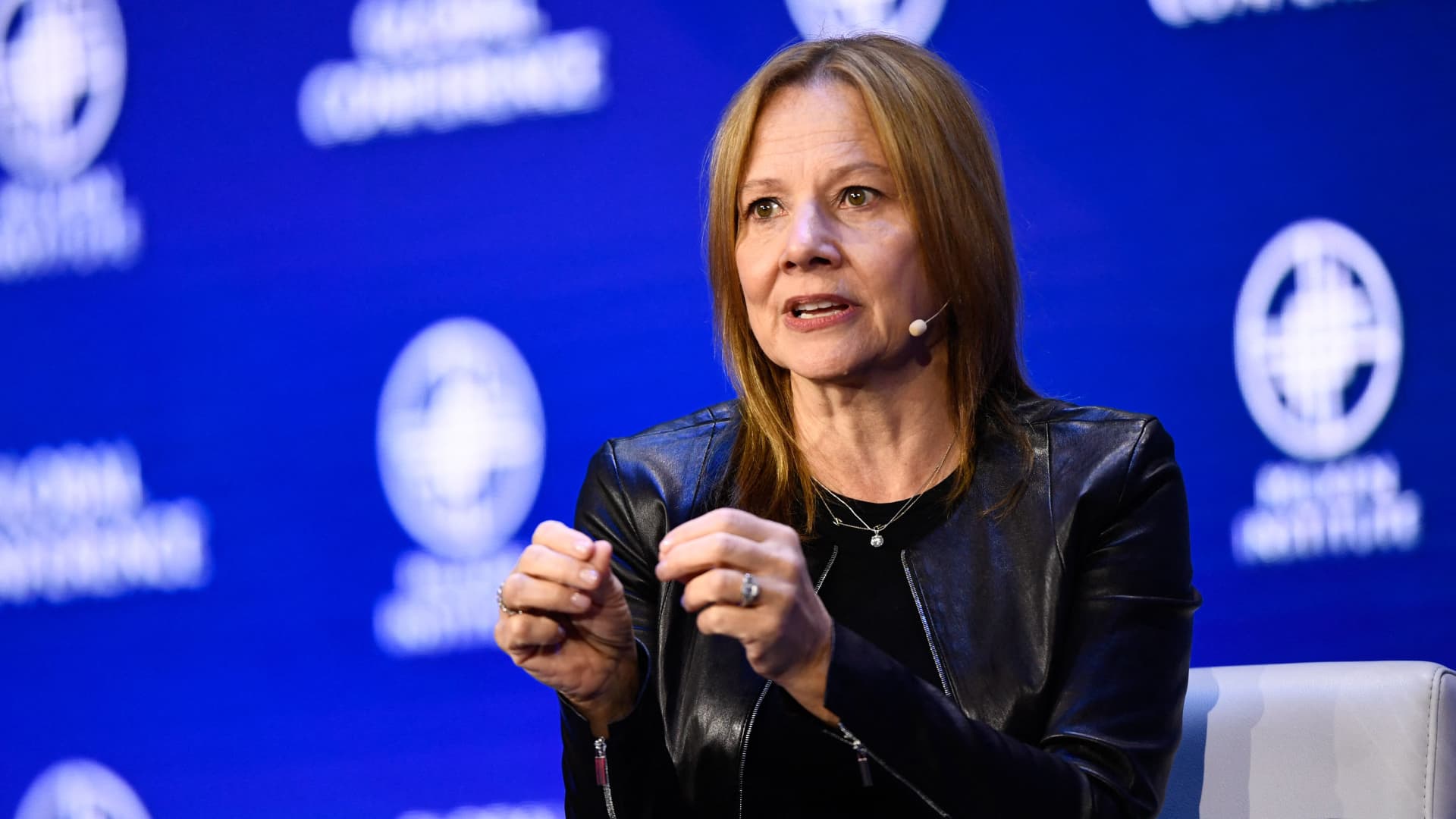Fed’s preferred inflation measure shows price pressures eased in July


A key measure of inflation closely watched by U.S. policymakers showed that price increases slowed in July, the Bureau of Economic Analysis said Friday.
The personal consumption expenditures price index came in with a year-over-year rise of 6.3% in July, down from 6.8% in June. The index actually fell 0.1% month over month.
The core PCE index, which excludes volatile food and energy prices, showed a 4.6% rise year over year and a gain of 0.1% month over month in July, coming in softer than forecasts on both counts. Economists surveyed by Dow Jones were expecting 4.8% for the core year-over-year reading and 0.2% for the month-over-month change.
In June, the core readings showed a rise of 4.8% year over year and 0.6% month over month.
The PCE is the Federal Reserve’s preferred measure of inflation. Fed officials are speaking in Jackson Hole, Wyoming, this week, as investors look for clues about the next steps the central bank’s rate-hiking cycle. Fed Chair Jerome Powell said the central bank was committed to fighting inflation and wouldn’t declare victory after a short slowdown.
“While the lower inflation readings for July are welcome, a single month’s improvement falls far short of what the Committee will need to see before we are confident that inflation is moving down,” Powell said.
Atlanta Fed President Raphael Bostic told CNBC’s Steve Liesman that Friday’s report would make him lean slightly toward a half-point rate hike in September, a slowdown from the three-quarters of a point rise the Fed has done in its previous two meetings. However, Bostic did stress that there is more economic data in the weeks ahead that could change his mind.
The PCE reading comes about two weeks after the July consumer price index report, which showed a slower-than-expected rise in prices year over year and 0% inflation on a monthly basis. That report led some Wall Street strategists to say that inflation had likely peaked.
Elsewhere in the report, personal income growth for July came in at 0.2% and consumer spending rose 0.1%. Economists surveyed by Dow Jones were expecting increases of 0.6% and 0.5%, respectively.
This post has been syndicated from a third-party source. View the original article here.




